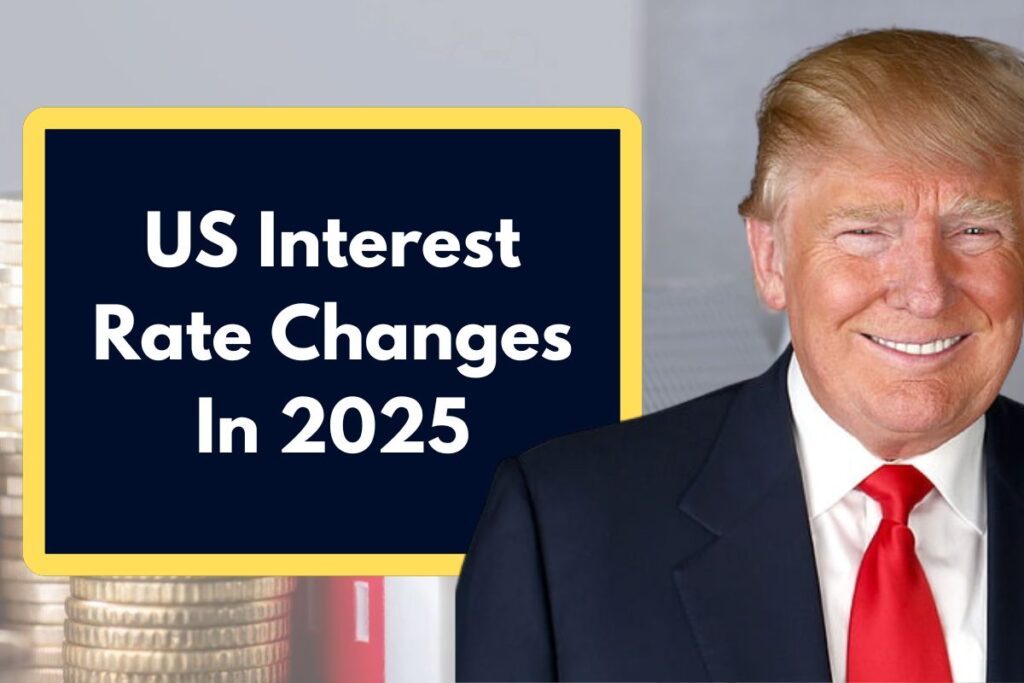Last December 18, 2024, the Federal Open Market Committee (FOMC) lowered the federal funds rate for the third consecutive year by 25 basis points (bps), from 4.25% to 4.5%. However, the committee’s prediction for the course of monetary policy during the ensuing three years garnered greater attention.
Interest rates are projected to remain higher for a longer length of time, according to the FOMC members’ December median view, which was half of their September median view and just 50 basis points lower than their December median view. Inflation remains higher than the FOMC’s objective, despite what was anticipated in September of last year.
Labor market worries have not come to pass: Unemployment is low compared to historical levels, and job growth is nevertheless robust. Additionally, the committee probably had taken into account other concerns by December, particularly those related to trade policy: Tariff increases will affect inflation and, thus, the direction of interest rates going forward.
US Interest Rate Changes In 2025
The US Federal Reserve will make its first policy announcement following the US Federal Meeting, following Trump’s appointment. It is anticipated that the federal fund rates, which are likely to remain stable at 4.25% to 4.5%, will remain unaltered. Since Donald Trump was elected as the 47th President of America, the Central Bank has made this decision. After three consecutive decreases since September 2024, the Federal Interest Rate was lowered by 25 basis points in December 2024. Officials are to take the “wait and watch” stance, with inflation hovering around 2%.
As of today, the Federal Reserve has paused further rate reduction, meaning that debtors who had been waiting for greater financial assistance will have to wait. The majority of analysts have forecast that the Fed would maintain the reduction until its March 19 meeting, and it has been said that the next cut will not occur until after the May 7 meeting.
Less cutting might occur in 2025 than anticipated in US Interest Rate Changes in 2025, according to information released in December 2024. The Fed probably intends to take a wait-and-see stance on Trump’s initiatives, according to economists. According to the economists, the Fed probably intends to take a wait-and-see stance on Trump’s proposals. The data has been thoroughly checked and it is above the policies.
Fed to wait for March on next rate cut
Most experts who had previously predicted a rate drop in March said the U.S. Federal Reserve will wait until next quarter before reducing rates again due to the possibility of increasing inflation. Since the election of US President Donald Trump, economists have increased their projections for inflation because they fear his policies particularly those pertaining to tariffs could increase pricing pressures in the economy.
Fed officials, have lately stated that they are “not in a rush” to further cut rates after reducing them by a total of 100 basis points between September and December. Many analysts believe that the largest economy in the world is at a sweet spot and that lower interest rates are not necessary because of a robust labor market and still strong consumer expenditure. Weekly announcements of new tariffs have been made thus far.

Inflation has remained above the FOMC’s target
Throughout 2024, the median opinion of FOMC members continued to shift. The median opinion became more cautious from March to June, which was likewise the case during the time between the year’s last two estimates. The median opinion in December predicted that the federal funds rate would be higher for a longer period of time in 2025, with fewer rate reduction than in September. Interestingly, opinions on rate reduction for 2024 did not alter; the FOMC did, in fact, lower rates by 100 basis points in 2024, which was consistent with its median opinion from the previous quarter.
The role of tariffs and US Dollar
The Fed’s choices may also be influenced by worries about tariffs and a stronger US dollar. The Trump administration’s use of tariffs may be more of a bargaining tactic than a long-term plan, despite the fact that protectionist trade policies have traditionally been linked to economic challenges.
US exporters and manufacturers would gain from a declining currency, which would strengthen the overall economy. In order to be competitive in international markets, the Fed could feel pressured to lower interest rates if the currency appreciates too much. With EUR/USD, GBP/USD, and USD/JPY leading the way, these variables have the potential to produce notable fluctuations in currency trading.
The risk from tariffs is still unknown
In December, the FOMC’s main unknowns were the new risks arising from policy changes, particularly those pertaining to trade. The extent of such tariff adjustments is not known till now, despite the fact that tariffs are a topic of much discussion. In the short run, tariffs typically increase prices without increasing domestic production. The course of interest rates may then be impacted by this.
| Official Website | Click Here |
| Homepage | KeralaCoBank.Com |
Samarth Choudhary is a Chief Editor at keralacobank.com. He has overall editorial experience of 10 years in online media. He has completed his graduation from University of California and masters in Finance from University of Dallas in year 2010. His major interest and expertise is in Finance, Taxes, Government Aid and Schemes. His Major focus is to help users to get relevant information which are published on keralacobank.com in easy and precise form.

